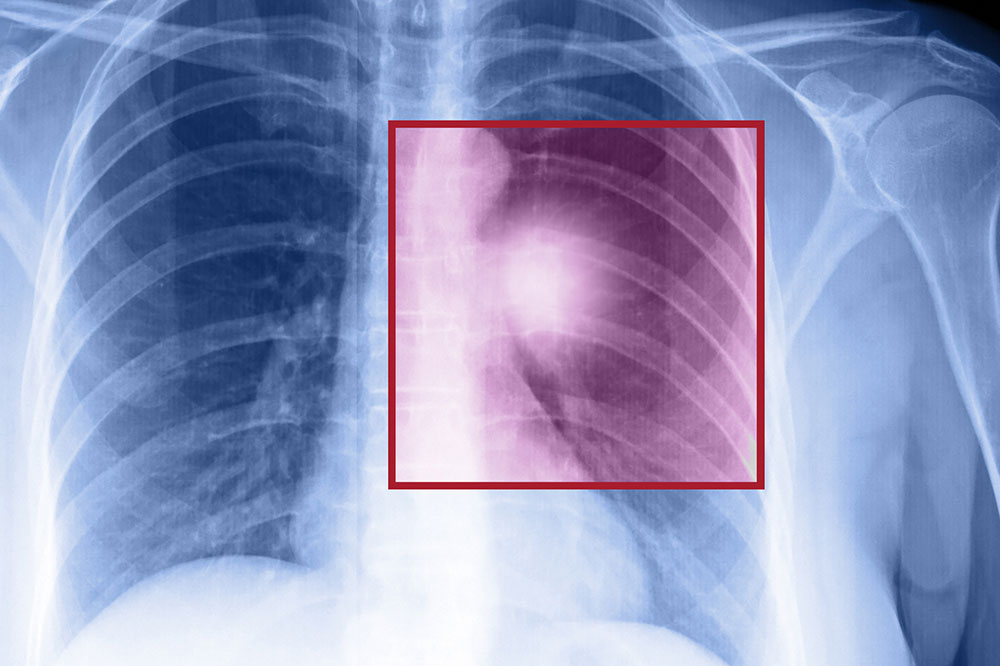Comprehensive Guide to Parkinson’s Disease: Recognizing Symptoms and Understanding Causes
This comprehensive guide explores Parkinson’s disease, detailing its early symptoms, underlying causes, and risk factors. Understanding these aspects can aid in early detection and better management of the condition, improving quality of life for those affected. Learn about tremors, muscle rigidity, postural changes, and the genetic and environmental factors that contribute to Parkinson’s, along with tips for risk reduction and ongoing research promising future advancements.

An In-Depth Look at Parkinson’s Disease: Symptoms, Causes, and Risk Factors
Parkinson’s disease is a progressive neurological disorder that primarily impacts movement control. It affects millions worldwide, with an estimated 60,000 Americans diagnosed each year. Understanding this disease involves knowing its early symptoms, underlying causes, and the factors that increase risk. Since early detection can significantly improve management and quality of life, gaining detailed knowledge about Parkinson’s is vital for both individuals and healthcare providers.
Recognizing the Symptoms of Parkinson’s Disease
The symptoms of Parkinson’s disease tend to develop gradually and often begin subtly, which can make early diagnosis challenging. The hallmark features include tremors, rigidity, slow movements, and postural instability. A tremor at rest is typically one of the first visible signs, often starting in a single hand or limb, and it may appear as a rhythmic shaking. These tremors are usually most noticeable when the limb is at rest and tend to diminish during voluntary movement or sleep.
In addition to tremors, muscle stiffness or rigidity is common. This stiffness reduces flexibility, making everyday movements sluggish or difficult. Patients might experience a feeling of muscle tightness, which can lead to pain and discomfort over time. Coupled with these motor symptoms, individuals may notice a significant slowing of movement—bradykinesia—which impacts routine activities such as walking, writing, or getting out of bed.
Postural changes are also typical, including a stooped or hunched shoulder posture and balance issues, leading to a higher risk of falls. Moreover, automatic movements such as blinking, smiling, or swinging arms while walking tend to diminish, impacting facial expressions and non-verbal communication. Changes in handwriting, often shrinking in size and becoming difficult to read, known as micrographia, are also common early signs.
More advanced symptoms can include speech difficulties, such as softening or slurring, as well as difficulty with coordination and gait disturbances. Non-motor symptoms, like sleep disturbances, depression, constipation, and decreased sense of smell, frequently accompany the motor symptoms and can precede them by years, serving as early warning signs.
Understanding the Causes of Parkinson’s Disease
Despite extensive research, the precise cause of Parkinson’s disease remains elusive. However, scientists agree that it results from a combination of genetic, environmental, and age-related factors. The disease primarily involves the degeneration of dopamine-producing neurons in the substantia nigra, a region in the brain vital for regulating movement.
Genetics play a role, especially in cases where there is a family history of Parkinson’s. Certain gene mutations, such as in the SNCA, LRRK2, and PARK2 genes, have been linked to increased susceptibility. However, inherited genetic mutations account for a small percentage of cases; most Parkinson’s cases are sporadic, meaning they occur without a clear hereditary link.
Environmental exposures are also significant contributors. Long-term exposure to pesticides, herbicides, and other toxins has been associated with a higher risk of developing Parkinson’s. Conversely, factors like smoking and caffeine consumption have shown some protective effects, although these are not confirmed prevention strategies.
Age is undeniably the most significant risk factor. The likelihood of developing Parkinson’s increases markedly after age 60, with most cases diagnosed in middle to late adulthood. Emerging research also suggests potential differences in prevalence between genders, with some studies indicating women may have a higher susceptibility, though findings are still evolving.
Risk Factors and Prevention
While Parkinson’s disease cannot currently be prevented, understanding the risk factors is essential for early detection and management. Age remains the most critical factor; therefore, individuals approaching or over 60 should be vigilant about early symptoms. Environmental exposures, such as prolonged contact with certain chemicals, should be minimized when possible.
Maintaining a healthy lifestyle that includes regular exercise, a balanced diet, and avoiding toxins may contribute to reducing risk or delaying onset. Some studies suggest that physical activity can support brain health and potentially slow disease progression.
In conclusion, Parkinson’s disease is a complex neurological disorder characterized by a gradual decline in motor and non-motor functions. Early recognition of symptoms and understanding its causes can significantly impact treatment strategies and quality of life. Ongoing research continues to uncover the mysteries behind this condition, bringing hope for better therapies and eventual cures in the future.





